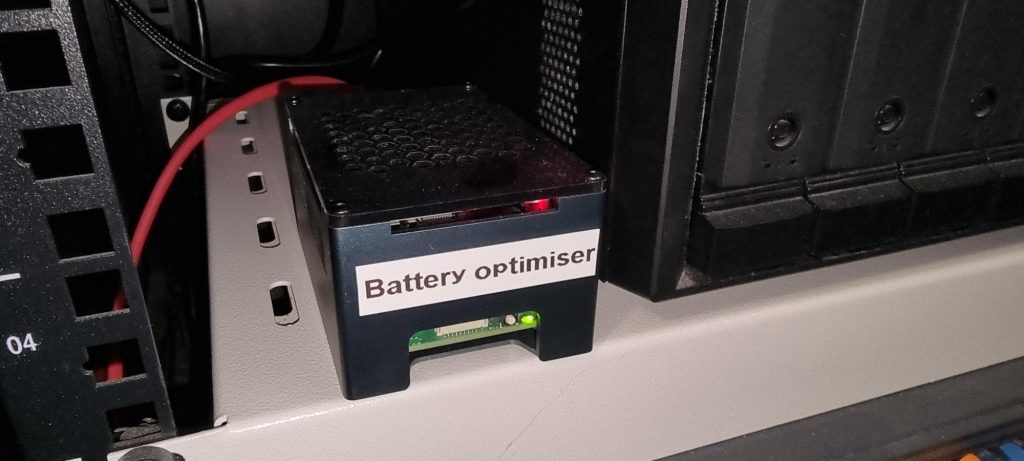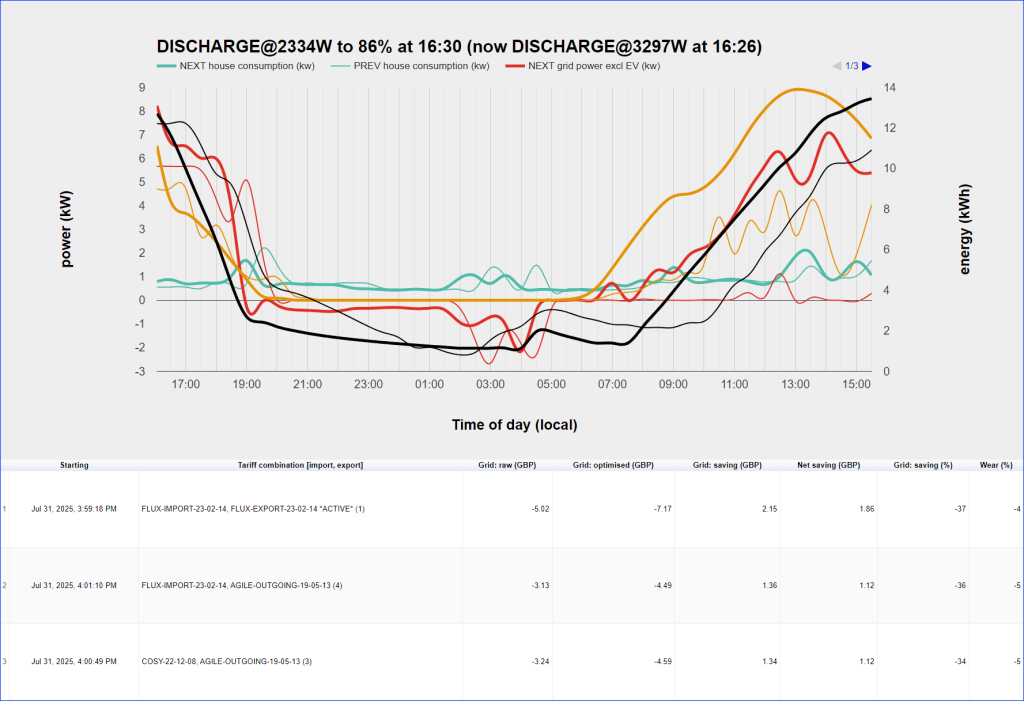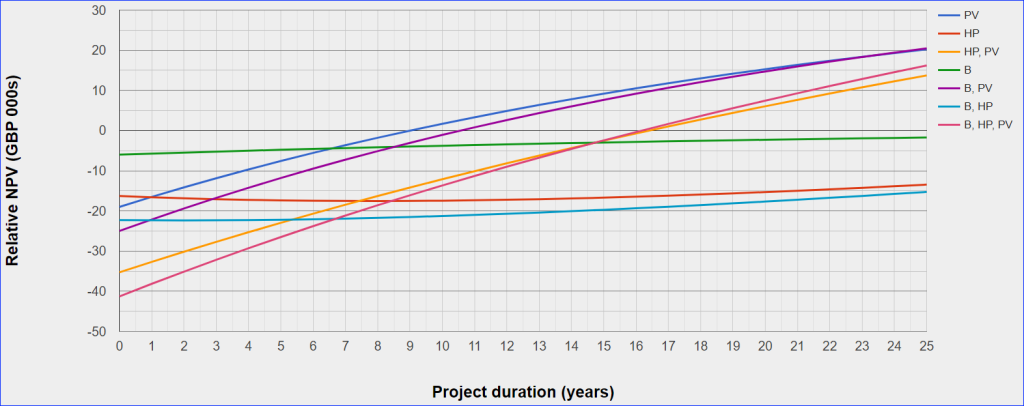As home storage batteries reduce in cost, they are becoming a popular means to reduce electricity costs, by:
- storing generated solar energy for later consumption, in place of exporting it to the grid and later having to import it for consumption at a higher price.;
- importing energy at off-peak times and re-exporting the same back to the grid at higher peak prices (so called “arbitrage”).
Batteries allow users to set timers to charge and discharge at particular times of day. Many users set them to charge during off-peaks times and discharge during peak times. This way, to the extent that batteries have sufficient capacity, users benefit from off-peak rates at other times, and even make profitable trades at peak times.
In practice, however, there are many problems with using timers alone:
- constantly changing daily solar generations change the amount of off-peak import energy that is needed: if you import too much, you have spent too much;
- evening and early morning consumptions (e.g. heating during the winter) make exports unprofitable because energy has to be re-imported;
- variable rates (e.g. Octopus Agile’s rate changes every 30 minutes) are complicated and constantly changing;
- wear costs from over or under charging, or from overheating caused by rapid charging, can exceed grid savings;
- differences between peak export and off peak import rates may not be sufficient to justify charge-discharges on some days, especially when wear is considered;
- fluctating solar generation require the battery charge/discharge rates to vary with net house load (i.e. after solar generation) to prevent the battery:
- charging from the grid during off peak times when clouds are overhead;
- discharging to the grid during peak times, when excess solar generation is otherwise sufficient;
- optimal tariffs vary throughout the season, requiring time consuming changes to timer settings.
Automated real time controllers can minimise these issues and save several hundred pounds or more a year in electricity costs over using fixed timers.
Battery features
Some batteries have features that help optimise control to an extent. For example GivEnergy’s ECO mode charges when solar generation exceeds demand, and discharges to meet demand when solar is insufficient. However, it does not adapt to your consumption patterns or speculatively arbitrage the grid according to weather forecasts and changing tariffs.
Other “smart” features allow energy suppliers to take control of the battery to charge and discharge automatically. But looking at users’ comments, these appear not to dynamically control the battery in response to changing weather, consumption and forecasts. That would probably require a lot of computation. And why would a supplier do so if the end result is to trim customers’ bills? Possibly for the same reasons, these smart features do not advise when another tariff makes more sense.
Subscription services
MyEO and smug offer web subscription services to do this for ranges of batteries and tariffs using solar forecasts. However, at the time of study, I did not find disclosures on methods or whether actual weather forecasts and outside temperature measurements are used: the two most reliable predictors of energy consumption. The services are further not free, which all makes it difficult to confirm whether the benefits outweigh the subscription costs.
Home Assistant
Other optimisers use the Home Assistant (HA) open source home automation platform with plugins. HA is an excellent platform, runs locally and can be hosted on low cost Raspberry Pi’s. One plugin example is GivTCP for GivEnergy batteries which can use free domestic solar forecasts from Solcast. Another plugin Predbat supports additional brands including Fox, Sigenergy and SolarEdge. However HA’s open community integrations may not always work reliably, especially when combined with other plugins.
Dedicated controllers
From what I can see, no optimiser has yet emerged that works with all the major battery brands, learns from home consumption patterns and sensor data, uses both solar and weather forecasts and works with all the major energy provider tariffs.
It would be nice if web service did all this, and I am sure this will happen. Meanwhile, I extended our simulator to run as a dedicated real time optimising controller for our case.



